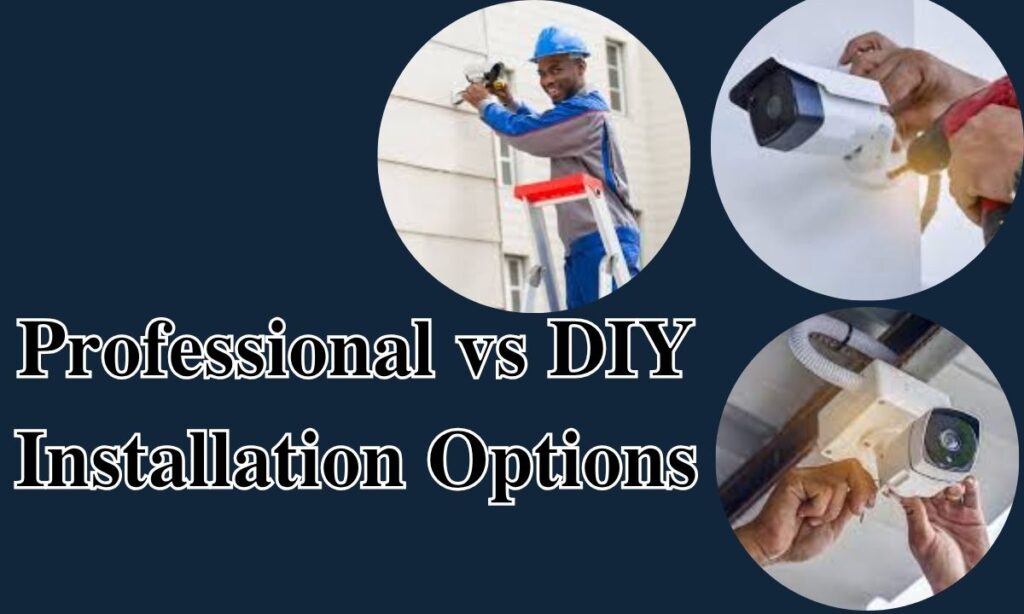Home security has evolved dramatically in recent years. Modern security systems now offer advanced features that go far beyond traditional burglar alarms.
Today’s smart home integration capabilities provide comprehensive home protection through cutting-edge technology and professional monitoring services.
Choosing the right alarm system can feel overwhelming with so many options available. This guide examines the top security equipment recommendations from industry experts. We’ll explore what makes these systems stand out and how they can enhance your property security.
Top Features to Look for in Modern Security Systems
The best home security systems combine multiple protection layers. Motion sensors and door sensors work together to create comprehensive perimeter protection. Window sensors and entry sensors ensure no access point goes unmonitored.
Modern systems include environmental monitoring capabilities. Smoke detectors and carbon monoxide detection protect against household hazards. Flood sensors and temperature sensors monitor for water damage and extreme temperatures. These features provide 24/7 monitoring for various threats beyond break-ins.
Video doorbells have become essential components of comprehensive security coverage. They offer real-time alerts and two-way communication with visitors. Many models include night vision and motion detection capabilities for enhanced surveillance.
Security cameras provide both indoor surveillance and outdoor surveillance options. Advanced models offer facial recognition and AI powered detection for suspicious behavior analysis. Cloud storage and video recording ensure important footage is preserved.
READ THIS BLOG: Your Organization’s Data Cannot Be Pasted Here: How to Fix
Professional vs DIY Installation Options
DIY installation has gained popularity due to its cost-effectiveness and flexibility. Many systems now offer wireless installation that eliminates complex wiring requirements. Battery backup systems ensure continued operation during power outages.
Professional installation service provides expertise and guarantees proper system setup. Technicians ensure optimal wireless signal encryption and device compatibility requirements. They also verify adequate cellular signal strength for reliable cellular monitoring.

The installation process varies significantly between providers. Some offer money back guarantee periods to test system performance. Equipment warranty coverage and technical support quality should influence your decision.
System configuration options allow customization based on specific needs. Pet immune motion sensors prevent false alarms from household animals. Glass break detection technology adds another layer of intruder detection.
Monitoring Services and Response Options
Professional monitoring services provide emergency dispatch capabilities when alarms trigger. Monitoring center operators assess threats and contact appropriate authorities. Response time varies between providers and can impact overall security monitoring effectiveness.
The self monitoring option gives homeowners direct control over their systems. Mobile app control allows remote system control and real time status updates. Mobile notifications alert users immediately when sensors detect activity.
Contract length requirements and monthly monitoring fees vary significantly between providers. Contract-free monitoring options provide flexibility without long-term commitments. Early termination fees should be considered when comparing services.
Cellular backup ensures continued monitoring during internet outages. Landline backup provides additional redundancy for critical communications. System redundancy features minimize single points of failure.
Smart Home Integration and Automation
Modern security systems excel at smart home ecosystem integration. Voice control compatibility with popular platforms enhances user experience. Automation rule creation allows customized responses to various triggers.
Geofencing capabilities automatically arm and disarm systems based on location. Smart locks integrate seamlessly with security equipment for comprehensive access control. Garage door sensors monitor another common entry point.
Home automation features extend beyond security functions. Environmental hazard monitoring can trigger HVAC responses to temperature changes. Trusted neighbor feature allows temporary access for deliveries or emergencies.
Mobile app functionality continues improving with regular updates. User experience optimization focuses on simplifying complex system management. Remote access capabilities allow monitoring from anywhere with internet connectivity.
Cost Considerations and Value Analysis
Installation cost factors include equipment prices and labor charges. Equipment financing options make advanced systems more accessible. Insurance discounts often offset monthly monitoring fees over time.
System scalability options allow gradual expansion as needs change. Upgrade pathways ensure systems remain current with technology advances. Expansion capabilities accommodate growing homes or changing security requirements.

Maintenance requirements and service call procedures impact long-term costs. Replacement part availability ensures systems remain functional over time. System lifecycle management includes planning for eventual upgrades.
Quality service plan options provide different levels of support and response. Customer support accessibility varies significantly between providers. Technical documentation and troubleshooting resources help resolve minor issues independently.
READ THIS BLOG : Madison Alworth Age, Net Worth, Early Life, Bio and Nationality
Emerging Technologies and Future Trends
Active guard protection represents the next evolution in home security. Intruder intervention capabilities can deter criminals before they enter properties. Smart deter technology uses lights and sounds to discourage suspicious activity.
Rapid SOS technology expedites emergency response through enhanced communication protocols. AI powered detection continues improving accuracy while reducing false alarm incidents. Cybersecurity protocols ensure wireless security against digital threats.
Data encryption standards protect personal information transmitted by security systems. Network security features prevent unauthorized access to home networks. Device authentication methods ensure only authorized devices connect to systems.
Privacy protection measures address growing concerns about surveillance technology. User access controls limit who can view footage and system information. System administration tools provide granular control over security settings.
Frequently Asked Question
What is the most important feature in a home security system?
Professional monitoring with reliable emergency dispatch provides the greatest security value. Quick response times can prevent property damage and ensure personal safety during emergencies.
How much should I expect to pay for a quality security system?
Quality systems typically range from $200-800 for equipment plus $20-50 monthly for monitoring services. DIY installation reduces upfront costs while professional installation ensures optimal performance.
Do wireless security systems work during power outages?
Yes, most modern wireless security systems include backup battery power and cellular backup communication. These features maintain protection even when electricity and internet services fail.
Can I monitor my security system myself?
Many providers offer self monitoring option through mobile app control. You receive real time alerts directly and can contact authorities yourself when needed.
How do smart home integrations enhance security systems?
Smart home integration enables automation rules that coordinate multiple devices. Geofencing and voice control simplify system management while enhancing overall home protection effectiveness.
Conclusion
The best home security systems in 2025 combine traditional alarm system reliability with modern smart home capabilities. Professional monitoring remains crucial for comprehensive protection, while DIY installation options make advanced security equipment more accessible.
When selecting a system, prioritize 24/7 monitoring, reliable cellular backup, and robust mobile app functionality. Consider contract-free monitoring options for flexibility and ensure adequate technical support availability.

